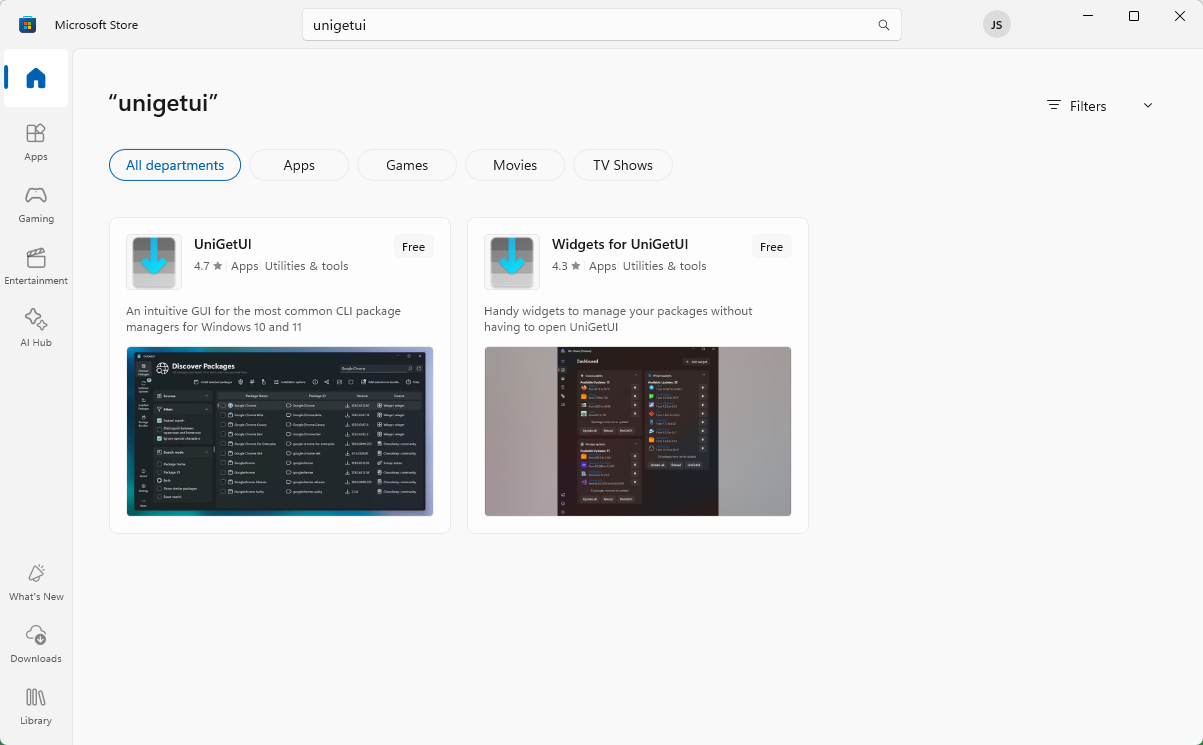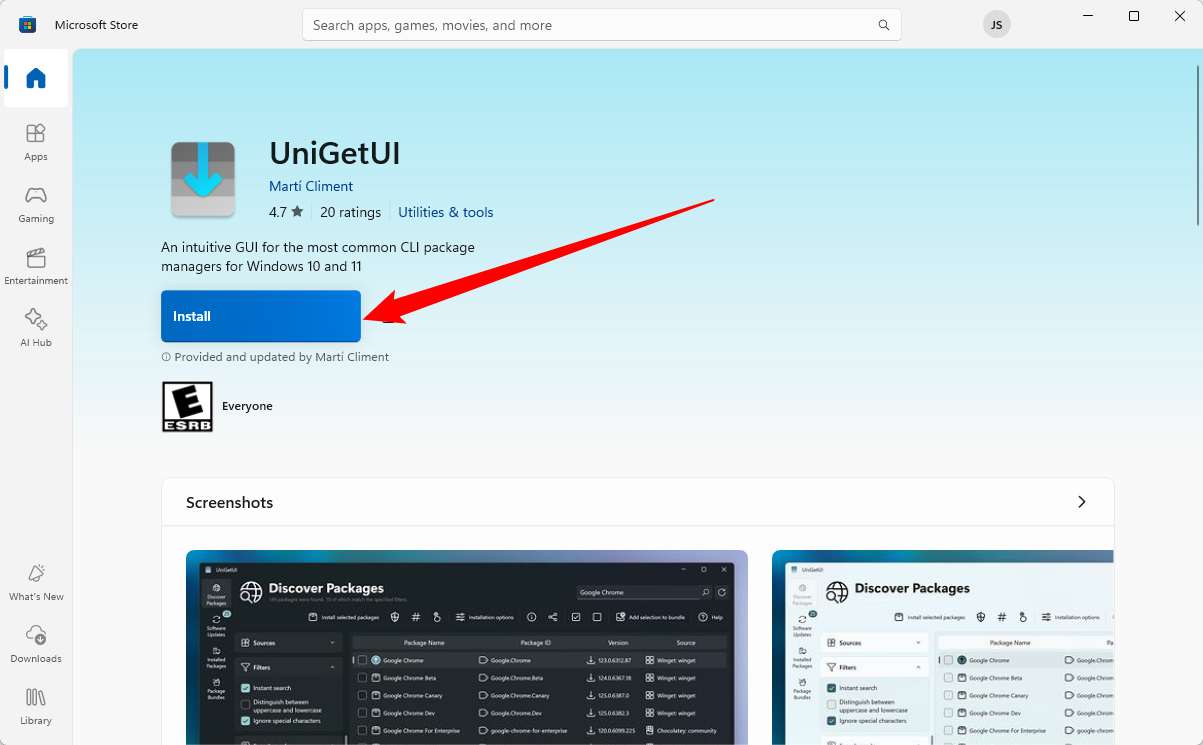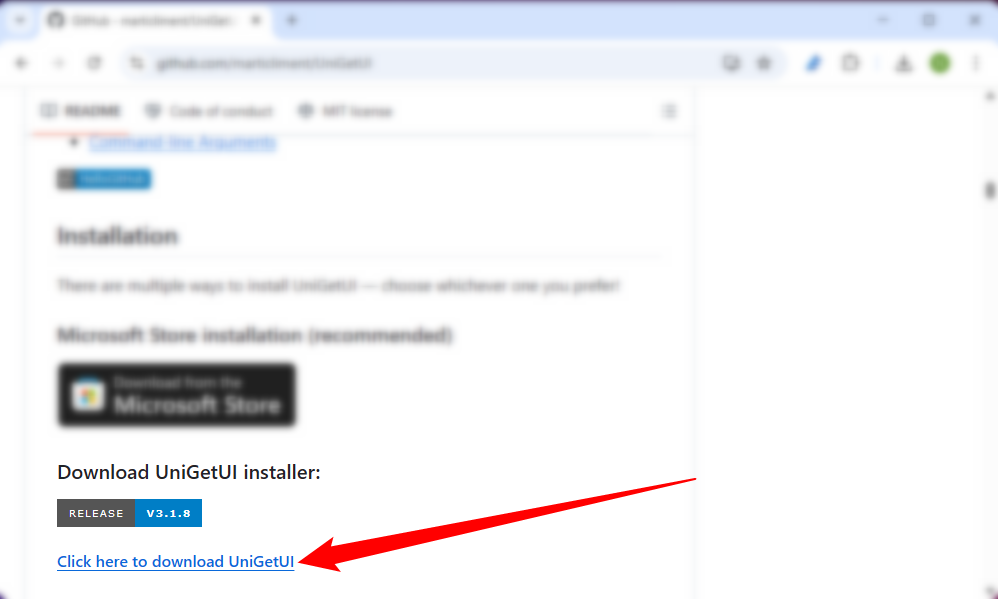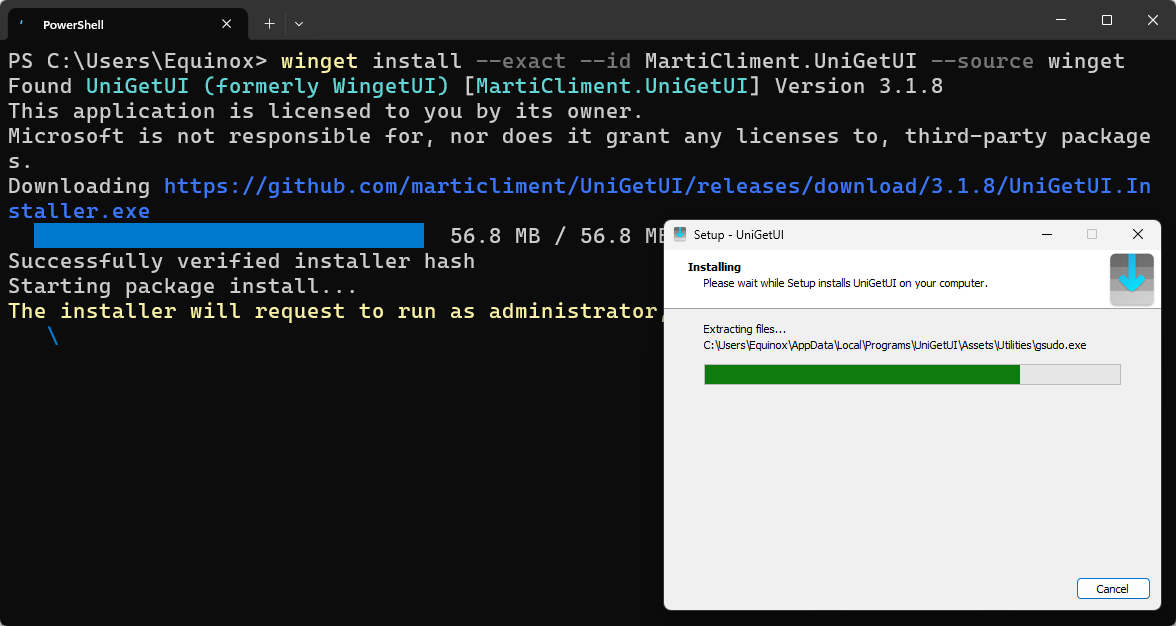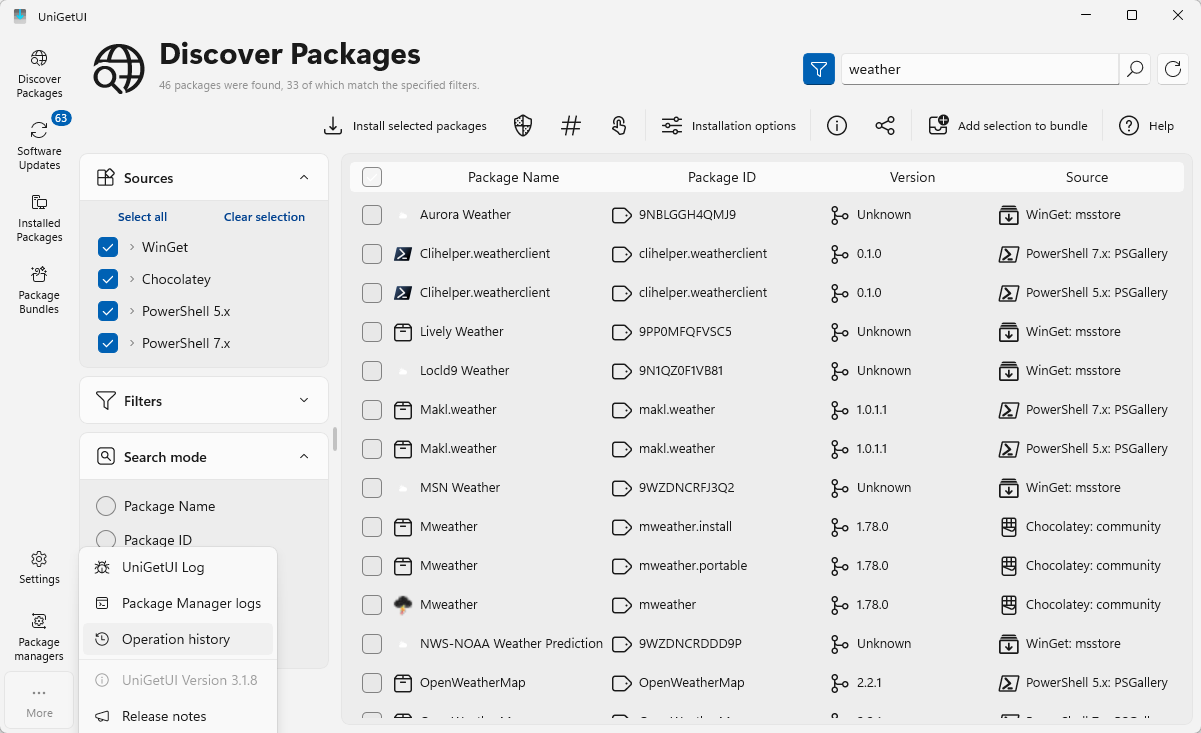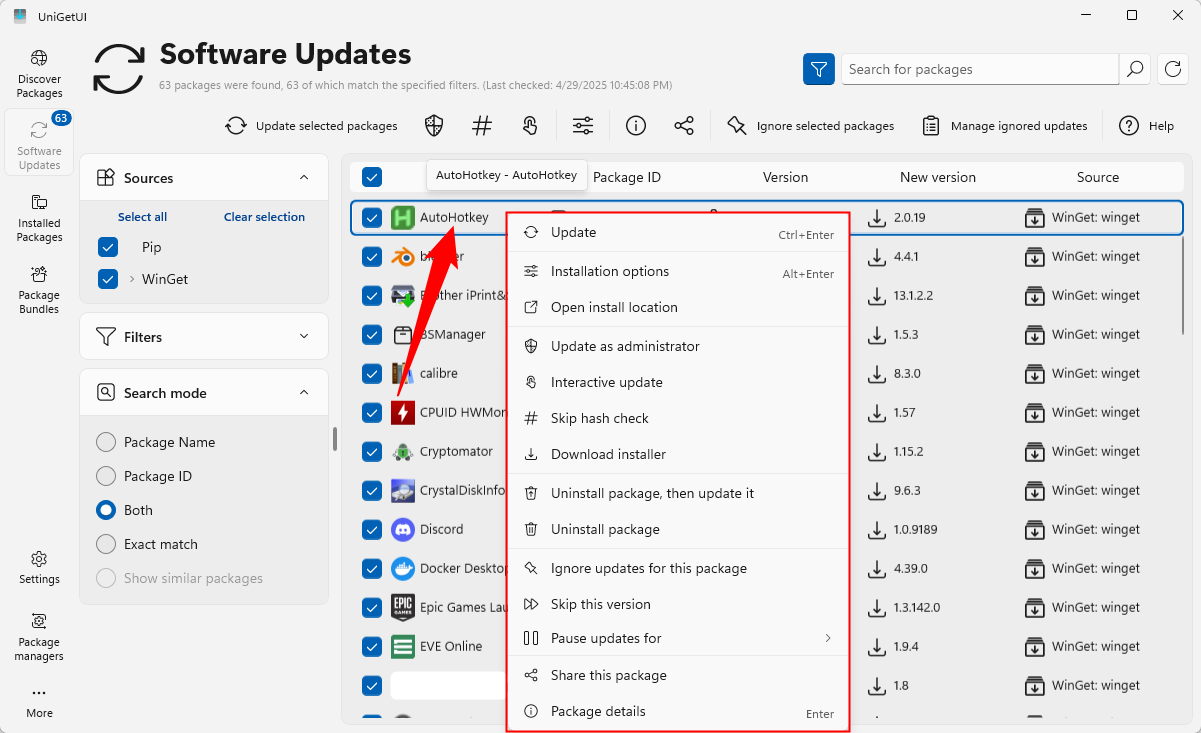Package managers are an extremely convenient part of Linux operating systems, but Windows, despite being more “user-friendly,” doesn’t have anything nearly as useful. However, using one free, open-source project and a built-in Windows command line utility, you can get the exact same thing on Windows.
The Best Feature Windows Lacks: A Convenient Package Manager
Package Managers let you add and remove programs, system libraries, and drivers. You can search for programs almost instantly, retrieve information about them, and adjust settings.
In other words, they’re everything that the Microsoft Store wishes it could be.
Every Linux distro has some kind of package manager that you can use, and they’re a regular part of every Linux user’s life.
Windows actually does have a package manager—winget. However, winget is frequently forgotten and overlooked, despite how incredibly useful it is. The main reason for this is accessibility. The entire Windows experience is built around a graphical user interface rather than a command line, and winget doesn’t have one.
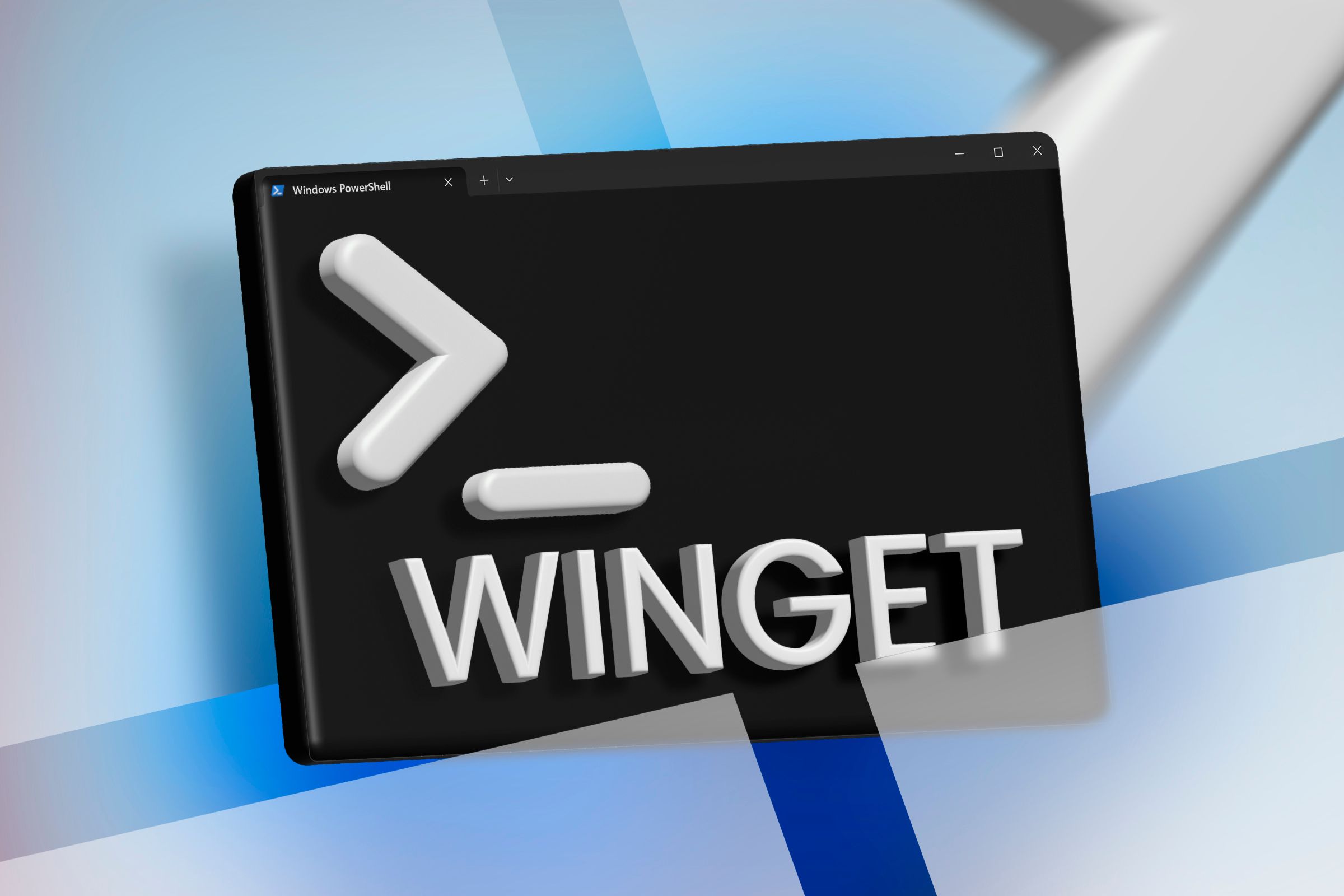
This Forgotten Windows Utility is the Best Way to Update Your Applications
One of the greatest Linux features is on Windows—and everyone forgets about it.
Get a User Interface for Winget
I don’t use winget more simply because it doesn’t have a convenient graphical user interface (GUI) like most Windows utilities.
Luckily for everyone, there is an open-source project called UniGetUI (formerly WinGetUI) that provides a convenient user interface. Plus, it matches the normal UI style in Windows 11 quite well—it doesn’t look out of place at all.
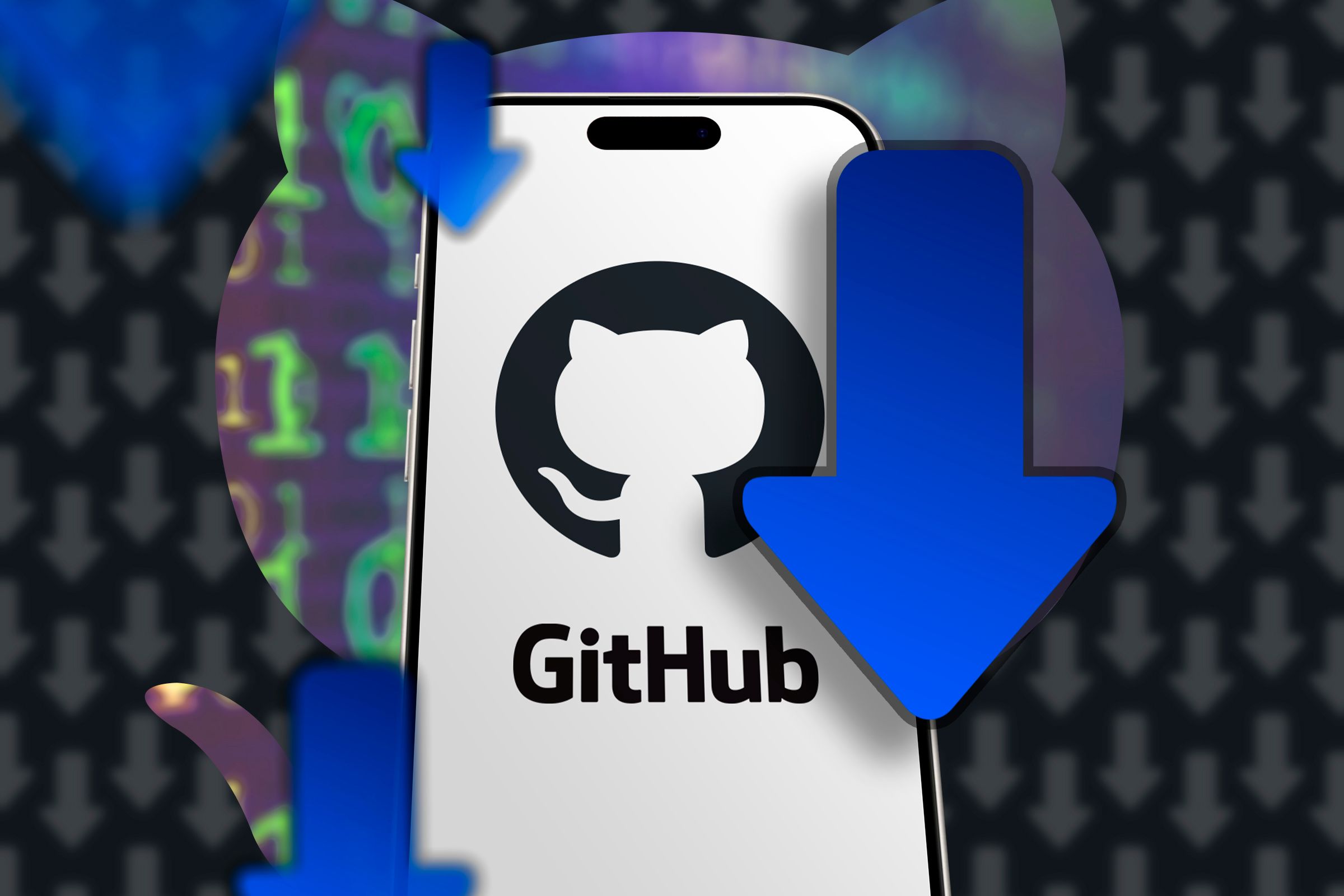
GitHub is the Best Place for Free and Open Source Software
GitHub contains almost every kind of software, completely for free. But navigating it is tough, so where do you start?
Installing UniGetUI
If you want to install UniGetUI, you have multiple options. They’re all equivalent, so which you use is down to personal preference.
There are fake websites claiming to be the official UniGetUI (previously WinGetUI) website.
Install UniGetUI from the Microsoft Store
You can download UniGetUI from the Microsoft Store, and that is the method the developer recommends. To do so, open the Microsoft Store, search UniGetUI, then click the first result.
Click the “Install” button, then wait for it to download. You won’t be able to launch UniGetUI from the Microsoft Store. You’ll just see a button that says “Installed” if everything went correctly.
Install UniGetUI from GitHub
I typically avoid the Microsoft Store, so I downloaded UniGetUI from GitHub instead.
Scroll down until you see Download UniGetUI installer, then click “Click here to download UniGetUI.”
Once the executable has finished downloading, double-click it to install the program.
Install UniGetUI Using Winget
If you are already a big fan of Winget, you can even use Winget to download UniGetUI!
Open up a Terminal, then run the following command:
winget install --exact --id MartiCliment.UniGetUI --source winget
You’ll probably see a normal installation window appear at the same time.
Using UniGetUI Is a Breeze
Once UniGetUI is installed, you search for it and launch it like any other program.
The first screen you’ll see is the Discover Packages tab. Here you can search for applications and filter them according to their source. By default, UniGetUI includes additional sources besides Winget, like Chocolatey. I’d recommend sticking to the applications from Winget to start.
My favorite tab, however, is Software Updates. Updating all of your apps manually can be pretty tedious, especially since they aren’t always installed from the same source. Luckily, Winget (with UniGetUI) can handle updates for most programs you’ll install.
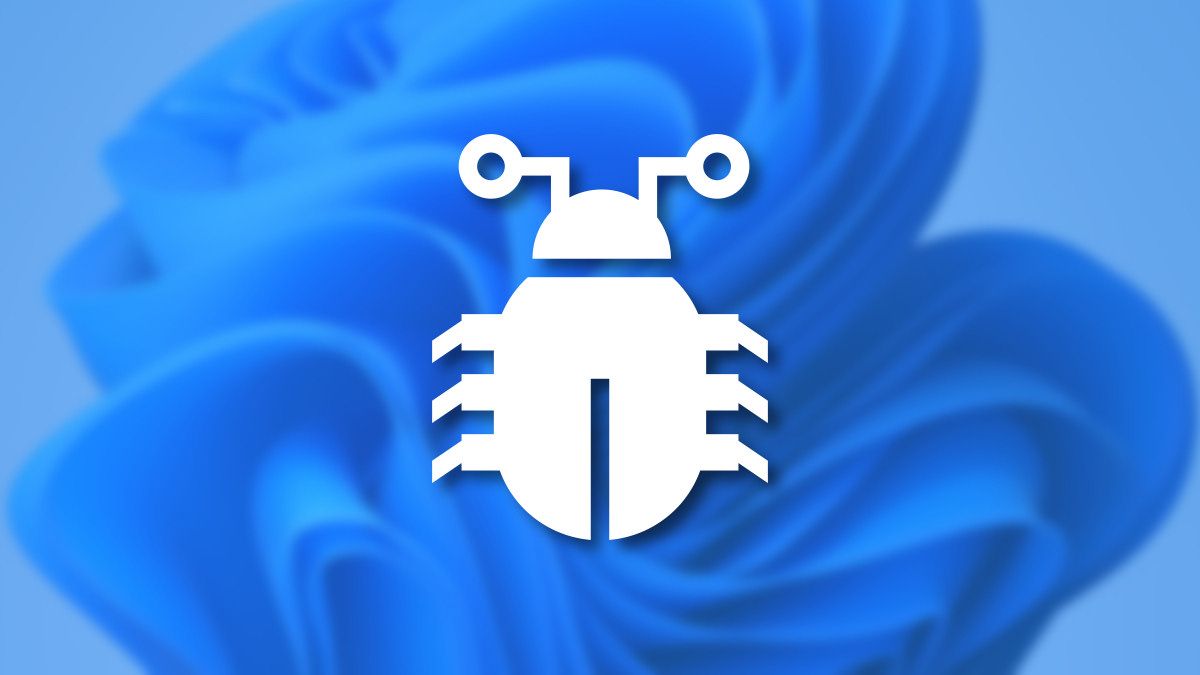
Delaying Your Windows Updates? You Probably Shouldn’t
Delaying your Windows updates makes your PC more vulnerable to malware and hackers—don’t delay.
Tick the box next to the program and click “Update selected packages.” Alternatively, you could click the box in the top left corner to select and update all of your apps simultaneously.
Oftentimes, you’ll have a series of popups as winget runs updaters and prompts you to make choices (like what gets downloaded with an update). Additionally, you’ll occasionally need to grant something administrative permissions during the process, depending on what it is and where it is installed.
You can also right-click an app pretty much anywhere to do various things to it, like skip updates, uninstall it, and more.
By default, UniGetUI will display a small notification whenever any of your packages need an update, though you can disable this on an app-by-app basis, or completely, depending on your preferences.
UniGetUI also keeps a log of the actions you take, which can be helpful if you’re ever troubleshooting.
Not every command-line tool in Windows calls for a user interface, but winget is simply too useful not to have one. Hopefully, at some point in the future, Microsoft will opt to add UniGetUI (or something equivalent) to the operating system out of the box.

